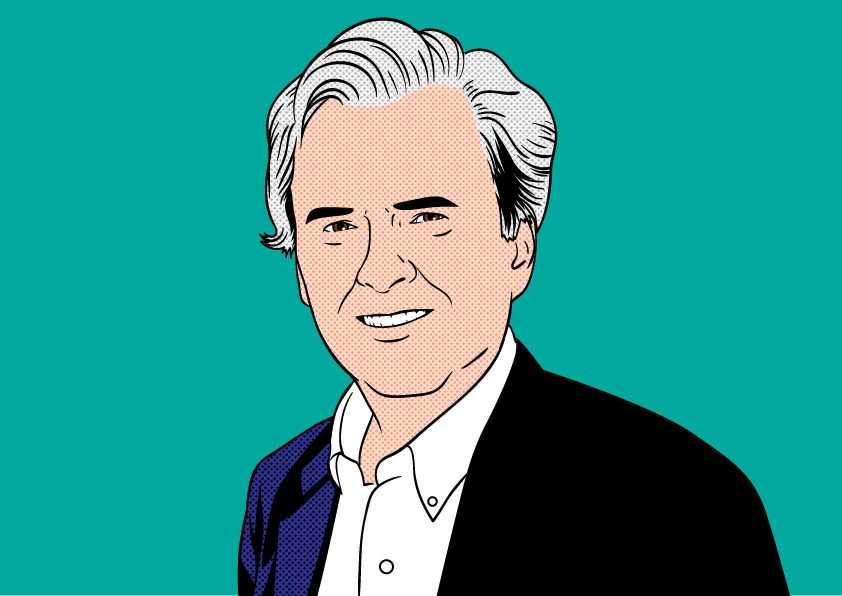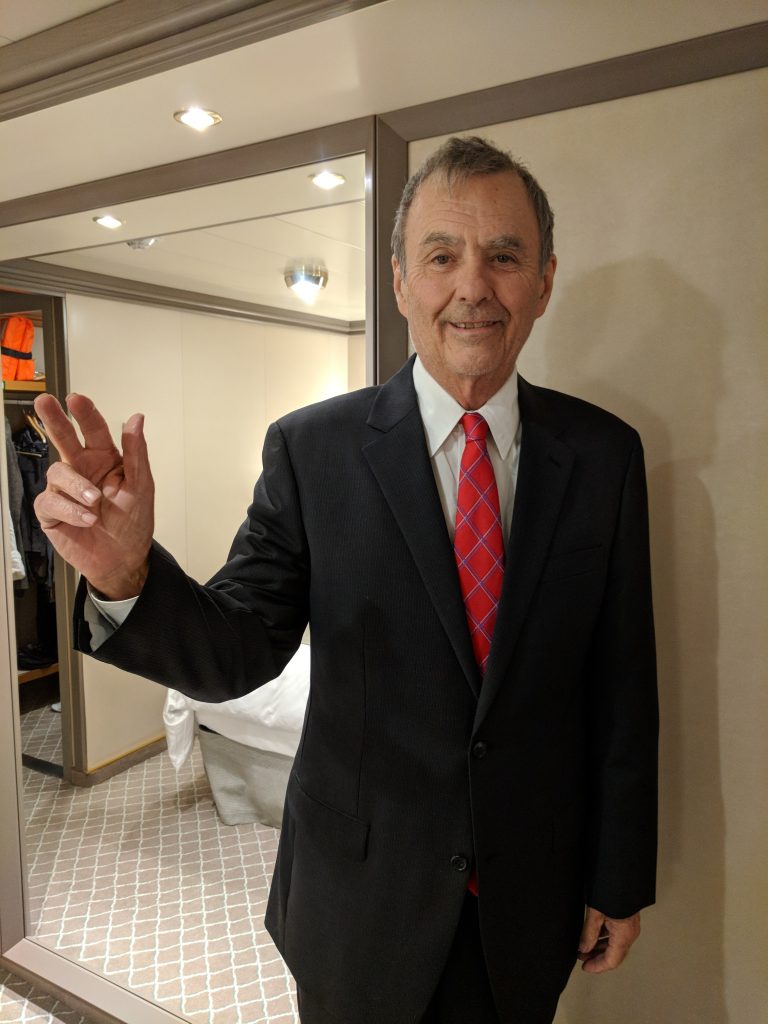Practicing Flygskam in Phoenix – Really?

by Robert McGarvey
I am looking at my travel schedule and in September up pop a couple trips to Las Vegas. A trip to Santa Fe is also a definite maybe. Is it time for me to put up or shut up, to practice flygskam abstinence or just stay home?
In June I wrote – somewhat favorably – about flygskam aka flight shame, the Sweden born movement to scorn air travel that is fast trending across Europe. The core idea is that air travel is hideously polluting – and global warming is no joke. The ice is melting in the North Pole, South Pole, Greenland, you name it. And summer temps in Phoenix where I live crest ever higher (especially the daily lows which are higher and higher. It’s not unusual to walk out into 90+ weather at 6 a.m.) so for me global warming isn’t an academic issue. It’s in my face daily.
What can I do about it?
I can pollute less. Understand, I rarely drive and when I do it’s a 2017 BMW which runs very clean. Mainly I walk or take the light rail around town. Now I see a Washington Post piece headlined, “Europe’s flight-shame movement has travelers taking trains to save the planet.” I have to ask myself: what about me?
The Wapo story’s lead focused on one Johan Hilm, a Swede traveling from his home country to Austria. That’s a flight of about two hours. Mr. Hilm chose to take a combination of train, bus, and ferry in a journey that took more than 30 hours.
Explained the Wapo reporter, “one passenger’s share of the exhaust from a single flight can cancel out a year’s worth of Earth-friendly efforts.” He added: “so they are digging out their parents’ yellowing Europe-by-rail guidebooks and trading tips on the most convenient night train to Vienna. “
What about me?
A flight from Phoenix to Las Vegas is about 70 minutes, costs around $150, and, for me, the airport is maybe a 20 minute light rail ride from my door step which happens to be where the light rail stops. Talk about convenience. In a lifetime of flying I have never had it so good in terms of ease of airport access (and inside Sky Harbor is a well run place). That makes flying a slam dunk – except for the pollution and the global warming.
So I hunt online for a train and indeed there is one, also for around $150. There also are nine departures daily. Of course there are many more flights but with nine, a train departure will suit me.
But then there is the duration. The distance between Phoenix and Las Vegas is around 250 miles – the drive time is about four and one half hours. How long is a train ride? The quickest train is about 10 hours. The typical duration is 20 hours.
Read that again: 10 to 20 hours. For a trip you can make in a little over an hour by plane and under five hours in a car.
Is walking the only way left? That would take about 80 hours (plus sleeping and rest time).
But there is a flygskam style option: a bus. Trips take about five hours, there are nine departures daily, and price is around $25.
What about Santa Fe? Trains there take around 10 hours and cost about $135. A flight on American takes an hour and a half and a round trip costs under $200. A bus costs around $50 one way and the trip takes from 12 to 18 hours.
There indeed is the problem. Going full in with flygskam flight abstinence necessitates suffering. Standing up for the environment necessitates long flight alternatives that, at least with trains, often cost around the same.
The US is not alone in this. A UK Guardian writer recently noted, “Taking a flight from London to Edinburgh results in 193kg of CO2 emissions; opting for the train means you produce 24kg – that’s 87% less. But as I compared both prices and travel times for my journey, opting for air travel was not only quicker, it also cost much less. Later in the year I’d like to visit a friend in Barcelona: I can fly in November for £37; train travel is more than £250.”
Plainly we need more and better alternatives to planes if we in fact are going to use them. It is well and good to talk flygskam purity but until viable alternatives are on the table, only zealots will ditch air travel and cheers to them – sincerely – but I just am not sure I am ready for long, long train rides. I haven’t been on a long distance bus ride in maybe 45 years and can’t say I much liked it when I took them so I am not keen on that option.
Will I take the train to Las Vegas? Ask me later, I haven’t decided. And, frankly, I’m not quite sure how to explain to the client that the trip took many multiples longer and also cost the same as a flight. Maybe more. That just isn’t easy to justify.
But neither is contributing unnecessarily to global warming. There’s our dilemma. How do we get where we’re going while doing the least damage? How indeed.


